

How to Do a Front End Alignment on Your Car
Car Repair March 20, 2019 0
Does your car need a front end alignment? If you just diagnosed your car’s problem on Google, you’re probably ready to drive that wonky wheeled fuel-guzzler off to the nearest mechanic now, right after you watch another hilarious cat video.
But before you do, consider this: You could fix it yourself.
No, really. Bear with me.
It’s not rocket science, and if you give it a go, you’ll discover it’s actually not that hard. Not only willyou save a few bucks, but you’ll get the warm, fuzzy feeling of accomplishment when you’re done.
Better yet, it’ll make for a great story at the next barbecue.
So, come on, it’s time to grab your tools (or buy them) and be your own mechanic. Well, actually, it’s not time just yet.
Sit down for another few minutes to read through this guide, and by the end you’ll be an unofficial, internet-certified mechanic, who specializes solely in front end alignment issues.
I know what you’re thinking, and the answer is yes, of course this could go disastrously wrong. But don’t worry, that’s unlikely, unless you’re an absolute clown.
You’re not a clown, are you?
Even if you are, well, then it’ll definitely make for a great story at the barbecue! The neighbors will think you’re hilarious.
Okay, let’s jump in by learning a little more about the problem you’re about to solve.
Why Does Front End Alignment Matter?
Have you ever been driving on a straight road, when suddenly you fell asleep at the wheel and careered off the road into a ditch?
Me neither. But imagine that your car kept trying to do this to you, whether you were asleep or not. Scary stuff.
Now, if the person behind the wheel is armed with cat-like reflexes, like for example, Catwoman, or me, then they would have no problem rescuing a carload of screaming passengers from an impromptu off-road experience.
But we aren’t all as blessed, and the average Joe or Jill may take a little time to cotton on to their impending doom, especially if they’re twiddling with the radio or working on their important Instagram Story for the day.
In all seriousness, if your car is front-wheel drive, like the vast majority of us who aren’t racing drivers or dump truck operators, then correct front end alignment is something you should take note of.
Why?
Because if you ignore the problem, and casually joke with your friends about your “silly drunk car that always shakes a little to the left”, then sooner or later you can look forward to these fun times:
Your Car Drinks Fuel Like Your Uncle Drinks Beer
If only it was a six-pack a night. With the added resistance and friction that poor wheel alignment causes, you can expect to pick up the tab at the filling station for ol’ Betsy pretty regularly.
Stop Doesn’t Always Mean Stop
You know how boring traffic jams are? Well, with alignment problems, they start to get a lot more exciting. Sure, you can try to brake before you reach that car in front. Your car will stop. But here’s the thing:
It might not stay there. It might decide to lurch forward, even after the brakes are applied.
A car with a screwed-up wheel alignment can suddenly lash out irrationally. If it does this in traffic, well, you could be the person held responsible for a fender-bender.
Steering Becomes a Mission
It all starts with a gentle drift to one side. But before you know it, your car isn’t just drifting, it’s forcefully pulling you off the road.
When you fight the problem, the steering wheel will shake and vibrate, making it tough to steer, and a little bit unnerving as you continue to drive.
You’ll get Tired of Buying Tires
Remember we mentioned extra friction and resistance? Well, your tires don’t like that.
The worse the front end alignment problem becomes, the more unhappy your tires will be. Which means the more unhappy you’ll be, especially when you hand over your credit card to the mechanic again, who incidentally, will be very happy.
3 Key Factors Affecting Front Wheel Alignment
Ideally, your vehicle should have its four wheels resting on the ground together, and all four should sit perpendicular relative to the ground, and also be parallel to one another.
If your car has a close encounter with a curb, the impact can soon knock the wheels out of sync. Should you notice uneven tire wear or a shaky steering wheel soon after such a calamity, don’t call up your Uncle and ask him how many he had.
Instead, read the rest of this article and learn how to do a front wheel alignment.
There are 3 factors to consider:
1
[amazon link=”B01CB26JXQ” title=”Toe-in ” /]
[amazon box=”B01CB26JXQ”]
So, the front tires on a car are designed to put a small load onto the wheel bearings, which is achieved by pointing the “toe” of the wheels slightly off from the centerline of the vehicle. It could be as small as 1/32”, but before getting your ruler out of your old school pencil case, grab the vehicle service manual to see what the standard is for that model.
A toe problem can be identified by a saw-tooth pattern worn into both front tires. If you find such a pattern pointing towards the frame, there’s too much toe-in, and if you find the pattern pointing away from the car, then there’s not enough toe-in.
2
[amazon link=”B075786Y28″ title=”Camber ” /]
[amazon box=”B075786Y28″]
It’s normal for tires to tilt a little bit. That lean can be measured in degrees, and is known as camber. If the top tilts in, as it should, there is negative camber. If it tilts outwards, then that’s positive camber.
Still with me?
Typically, new vehicles have some negative camber, as it helps with stability and overall handling.
You can spot issues with camber when the vehicle pulls to the side, or if there is uneven wear on the tire threads. You can verify this problem with a straight edge and an angle finder. (Note: this does not mean your mathlete daughter’s protractor).
3
[amazon link=”B01CB26JXQ” title=”Caster ” /]
[amazon box=”B01CB26JXQ”]
You know how water-skiers lean backwards for greater stability? Well, your car wheels do the same. This steering pivot angle is known as caster. When the vehicle pulls to one side, it may mean one wheel has developed positive caster.
How to Do a Front End Alignment
Okay, enough of the suspense. You get the picture. This is a big deal and now you know why. You even understand some technical terms to do with wheel alignment that will have your buddies raising their eyebrows at you.
They might be impressed, or possibly confused and too afraid to admit they have no idea what you’re rambling about. You’ll feel great talking shop about cars, even if you don’t understand what you’re saying either.
But here’s how to take it next level, and go beyond the talk. It’s time for action.
Let’s fix those wonky wheels.
Prop the Wheels Up
Got a jack stand? Beg, borrow or steal one so you can raise both the front wheels of the vehicle.
Free the Steering Wheel
Stick the key into the ignition, but don’t start the car. We don’t want it flying off the jacks now, do we? Simply turn it enough so you can move the steering wheel.
Inspect the Front Wheels
Straighten the steering wheel up, and inspect each of the front wheels. Stand in front of the car and look at the wheels, one at a time.
Which direction does it point? Is it going towards the centerline of the car? That means your outer tire rod needs to be tighter. If the wheel is pointing out, away from the center, then the tire rod needs to be looser.
Adjust the Tire Rods
So, now you just need to adjust your tire rods. Tighten or loosen them as needed. For the outer rod, turn it counter clockwise to loosen, which will turn the respective wheel inwards, towards the centerline of the car. To tighten the rod, and turn the wheel outwards, you turn the rod clockwise. That’s right, the universal phrase ‘righty-tighty, lefty-loosey’ also applies here.
Check Again
After adjusting the tire rods, you’ll need to straighten up your steering wheel again. Do that, then stand in front and check the wheel. Keep adjusting the rods ever so slightly until you hit the sweet spot.
If your eyes aren’t great, get a second opinion from someone who isn’t your beer-swilling Uncle. Once you’ve got one wheel straightened up, move to the next one and repeat the process.
And that’s it.
You Have Joined an Elite Rank of Home Mechanic
Now you can grab that beer and admire your handy work, while mentally preparing how you’ll regale your friends with the story on Sunday afternoon.
And, if you tried to do a front end alignment on your own and you’re just not happy with it, there is never any shame in bringing your vehicle to an expert. After all, that’s what they are there for!


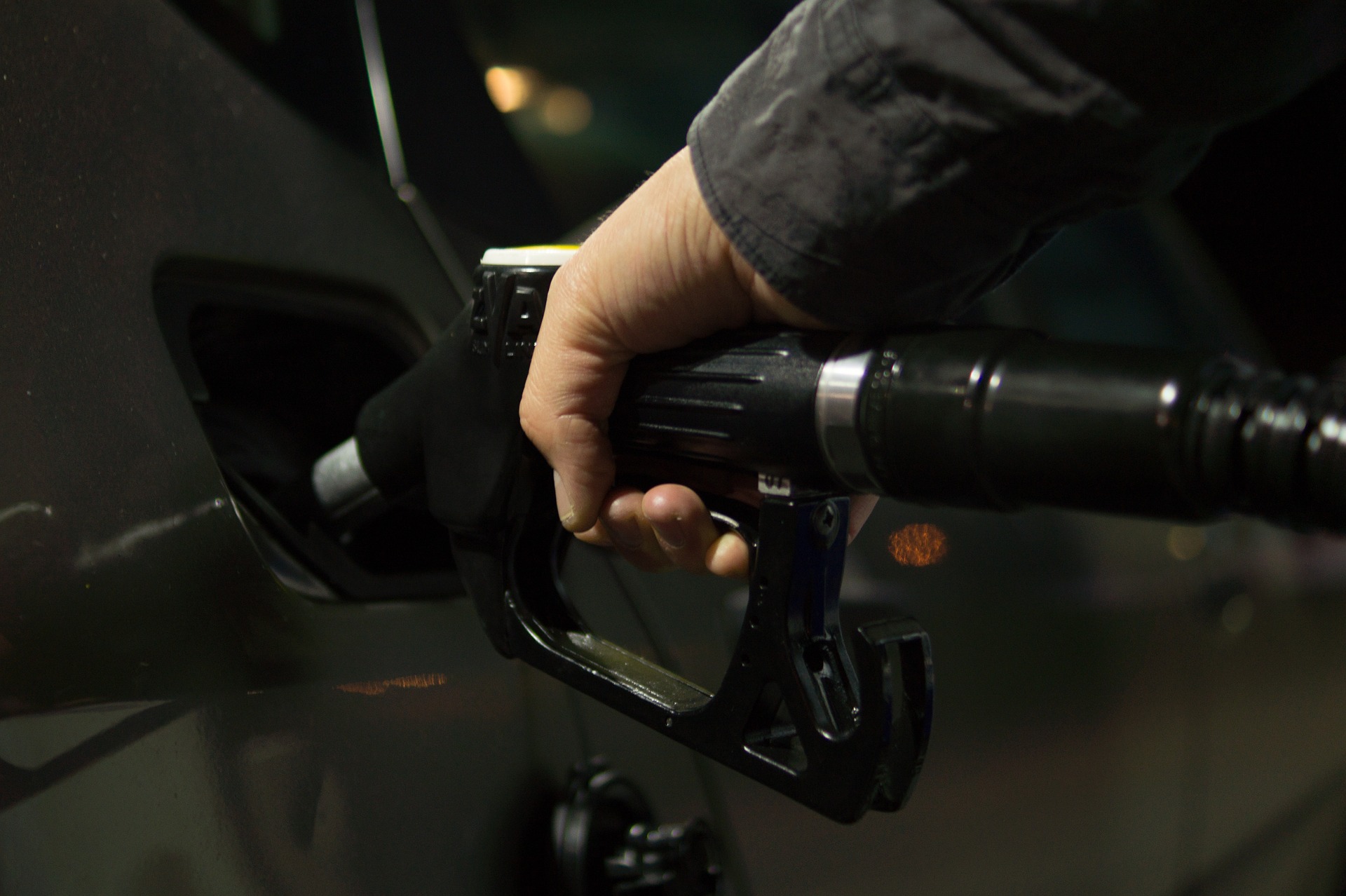
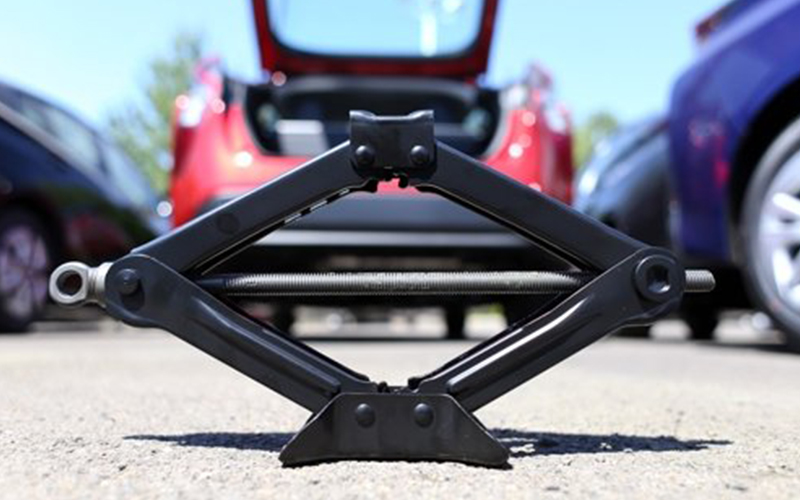
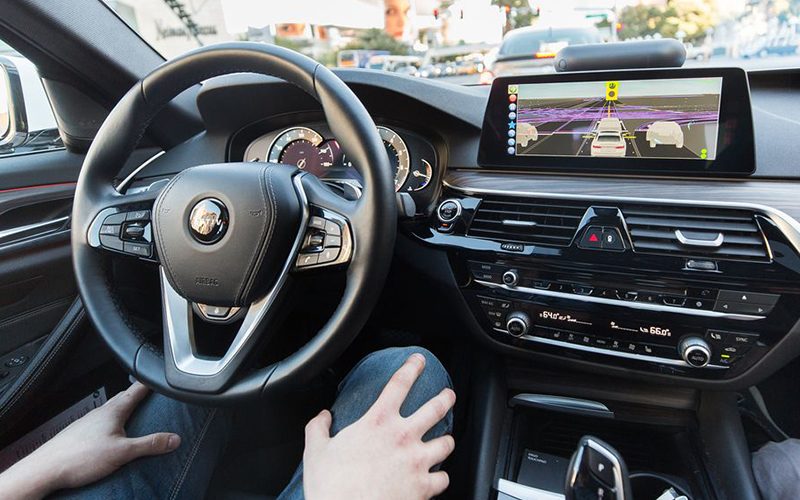
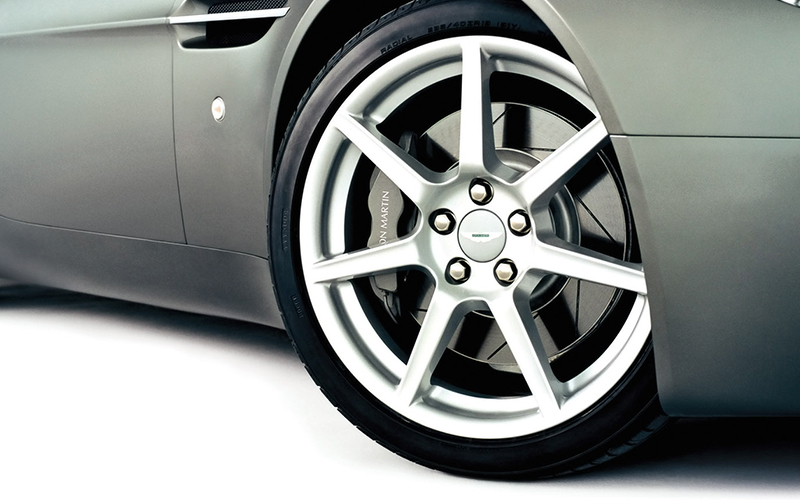

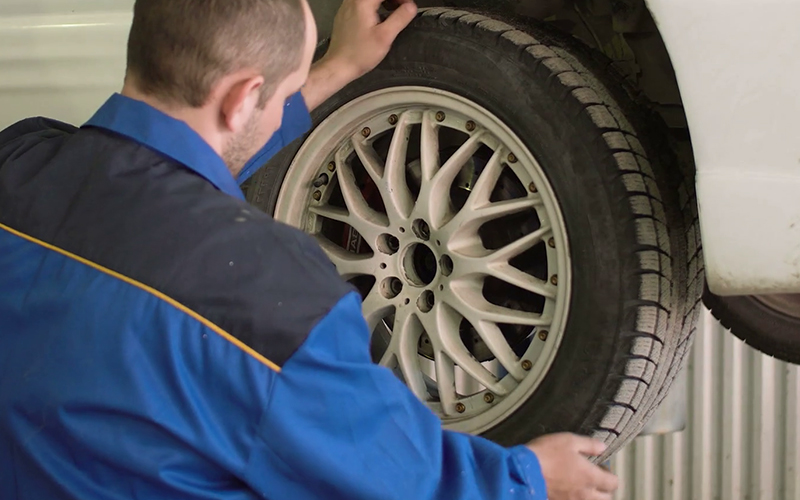
No comments so far.
Be first to leave comment below.